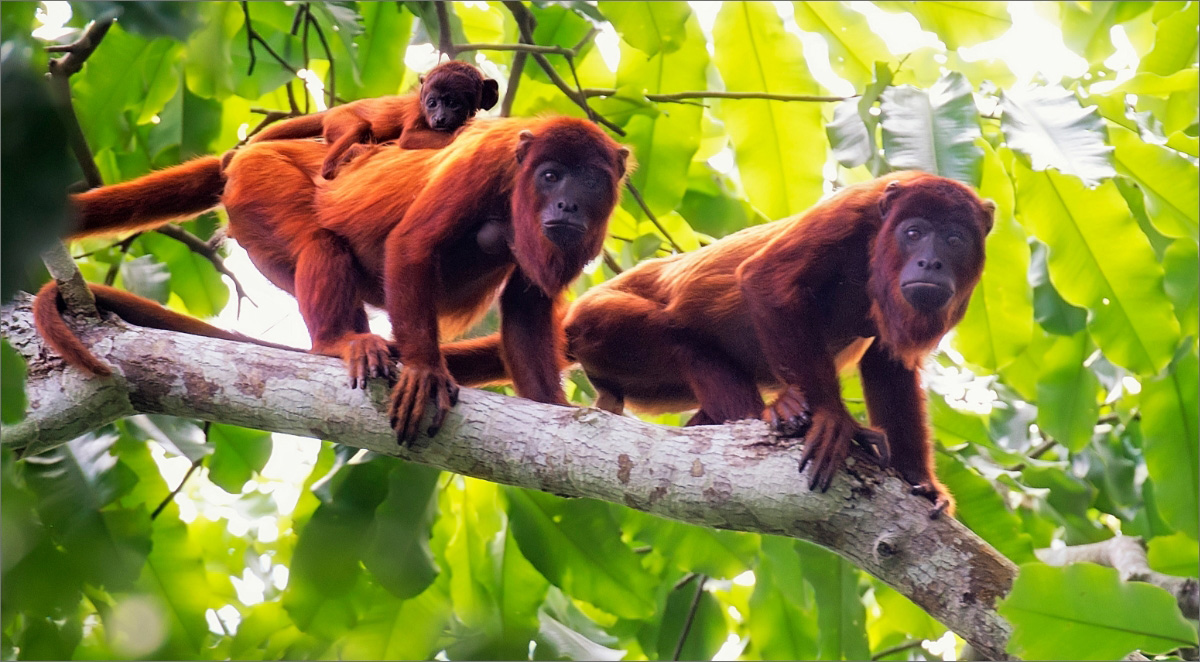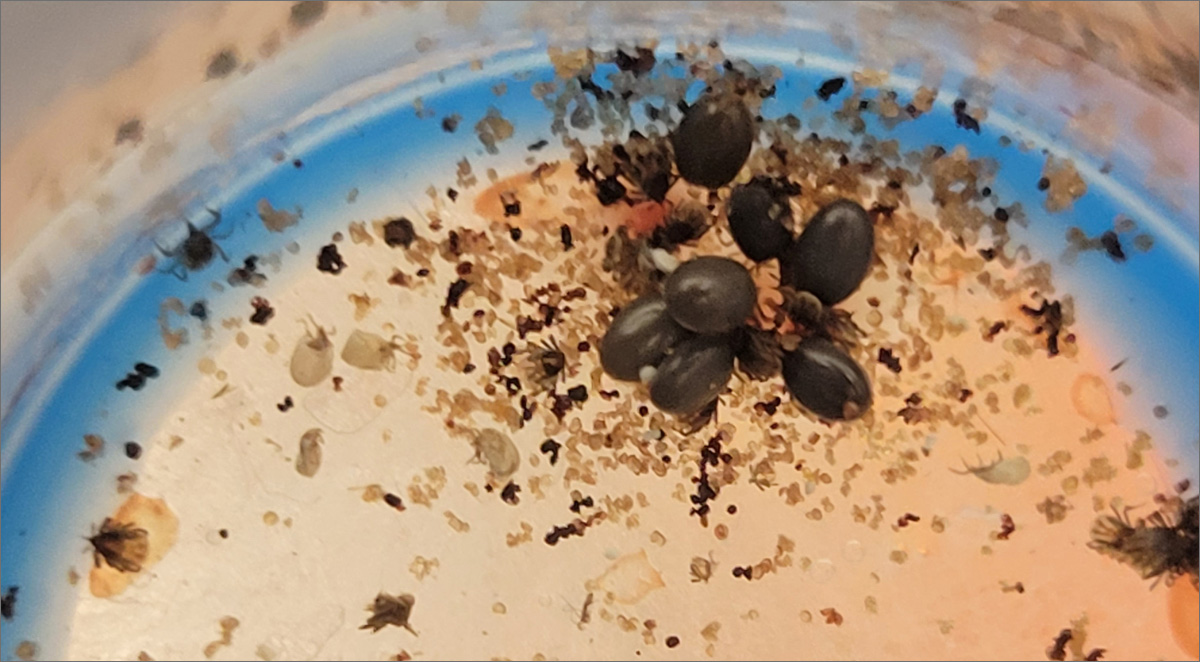One Health: A world-changing approach
Young researchers show why protecting human health means protecting the natural world.
Young researchers show why protecting human health means protecting the natural world.
During the last 40 years, nature has warned time and again that human intrusion into wild spaces comes at a high price.
In the 1980s, the HIV/AIDS and “mad cow disease” epidemics raged. In 2014, Ebola broke out in Central Africa. And the last two Olympics were rocked by an outbreak of Zika virus in South America and a resurgence of COVID-19 in Japan.
Hard-hitting diseases like these have been traced to pathogens jumping, or “spilling over,” from wild animals like chimpanzees (HIV), monkeys (Zika) or bats (Ebola) to humans. When viruses invaded those animals, they eventually invaded people, too.
Whatever the source of COVID-19, enough catastrophes have occurred to make it clear that human health doesn’t exist in a vacuum. New pathogens and polluted, degraded environments play a big role. To protect human health, we must proactively see to the health of ecosystems and their other inhabitants.
Enter the growing One Health movement.
In One Health’s three-pronged approach, people from diverse fields work in synchrony to nurture the health of humans, wild and domestic animals, and the environment.
The idea crystallized in 2004, when the international Wildlife Conservation Society, with partners, crafted the Manhattan Principles on One Health. In brief, they called for recognition of “the essential link between human, domestic animal and wildlife health and the threat disease poses to people, their food supplies and economies, and the biodiversity essential to maintaining the healthy environments and functioning ecosystems we all require.”
Early adopters: University faculty
At the University of Minnesota, the One Health concept has taken root and blossomed. Faculty, staff, and students are writing the book on how to stave off pandemics, economic damage, and other ills by taking account of the complex web of connections among species and their environments.
the health of our fellow animals and the
environment.
For example, between 2009 and 2019, faculty members led projects funded by the U.S. Agency for International Development (USAID) to take the One Health approach global. Katey Pelican and John Deen, associate professor and professor, respectively, in the College of Veterinary Medicine (CVM), co-led a U of M team that included other experts from CVM, the School of Public Health (SPH), the School of Nursing, and the Medical School in building One Health university networks in Africa and Southeast Asia to deal with emerging diseases and other threats to animal and human health and the environment.
Pelican and Jeff Bender, a professor in SPH and adjunct in CVM, later led the U of M in a second USAID project that trained African and Southeast Asian university faculty and students to teach about and set up One Health networks to carry out their own projects.
Closer to home, in 2015 an avian flu epidemic tested Minnesota’s One Health machinery.








